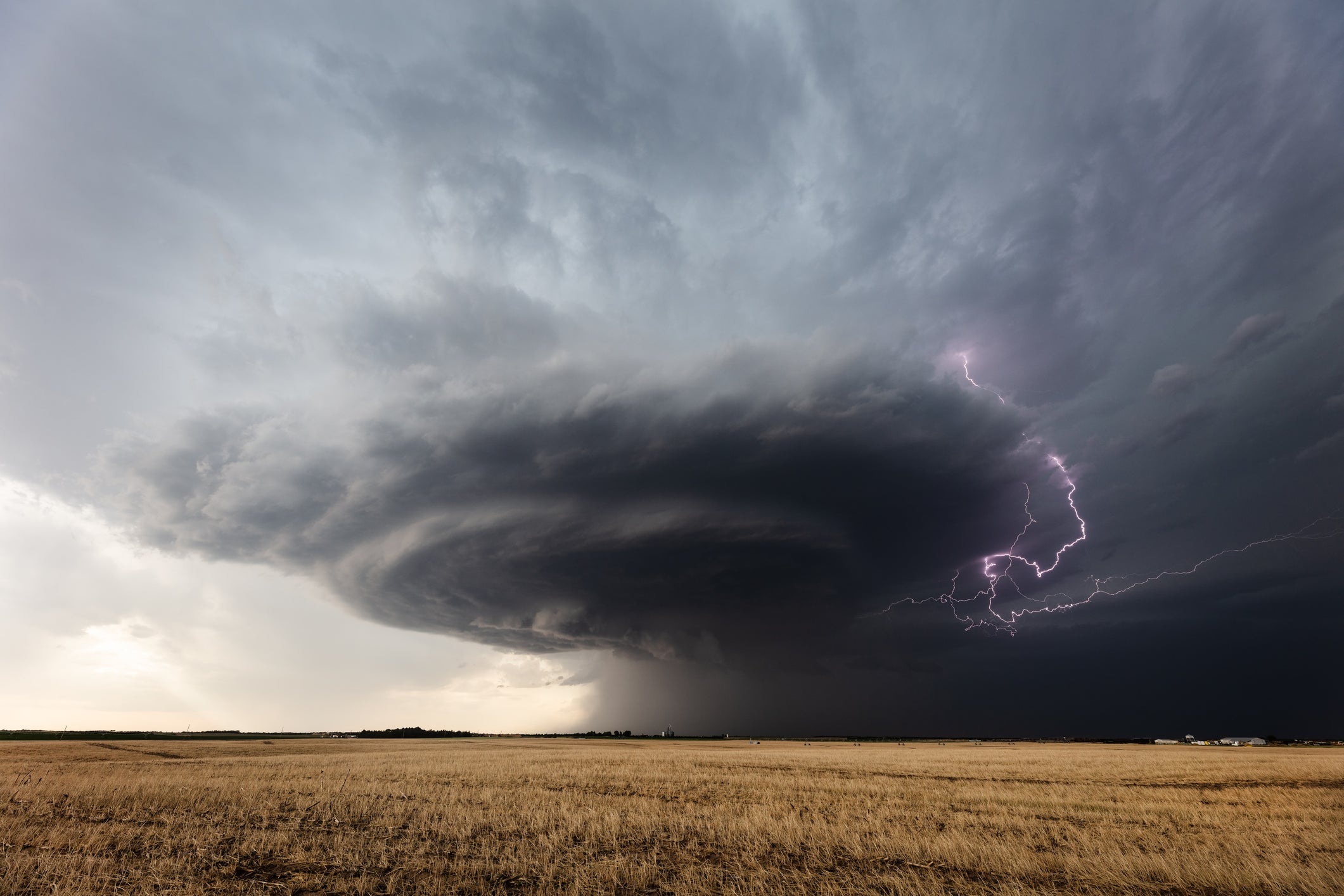Introduction to Tornado Season
Tornado season is a period of heightened risk for individuals residing in tornado-prone regions. Understanding what tornadoes are and why it's crucial to prepare can significantly increase your chances of survival.
Understanding Tornadoes
Tornadoes are violent, rotating columns of air that extend from thunderstorms to the ground. They form due to atmospheric instability, often in the presence of a strong cold front colliding with warm, moist air. Tornadoes vary in intensity, classified on the Enhanced Fujita (EF) scale from EF0 to EF5, with EF5 being the most severe.
Preparing Your Home
Preparing your home for tornado season involves reinforcing structures to withstand strong winds and creating a designated safe room where you can take shelter during a tornado. Reinforcements may include installing storm shutters, reinforcing garage doors, and securing loose outdoor items. A safe room should ideally be located in the basement or an interior room on the lowest floor of your home, away from windows.
Creating an Emergency Plan
Having a well-thought-out emergency plan is essential for ensuring the safety of you and your loved ones during tornado season. Establish communication methods with family members or roommates, and designate a meeting point in case you get separated during an emergency. Practice drills regularly to ensure everyone knows what to do in the event of a tornado.
Building an Emergency Kit
An emergency kit is a crucial component of tornado preparedness. It should include essential items such as non-perishable food, water, a first aid kit, flashlights, batteries, a weather radio, and any necessary medications. Store the kit in a secure location that is easily accessible during an emergency.
Staying Informed
Stay informed about severe weather conditions by monitoring weather forecasts from reliable sources such as the National Weather Service. Additionally, consider downloading mobile apps that provide real-time alerts and updates about tornado warnings in your area. Being proactive and aware of potential threats can help you make informed decisions during tornado season.
During a Tornado
If a tornado warning is issued for your area, seek shelter immediately. The safest place to be during a tornado is in a sturdy building, preferably in a basement or an interior room on the lowest floor. If you're outdoors and unable to find shelter, lie flat in a low-lying area and cover your head with your hands for protection.
After the Tornado
After the tornado has passed, assess the damage to your property and check for any injuries that may require immediate medical attention. Be cautious of hazards such as downed power lines, gas leaks, and debris. Assist others who may be in need of help, but avoid entering damaged buildings until they have been deemed safe by authorities.
Recovering from a Tornado
The aftermath of a tornado can be emotionally and physically challenging. Seek emotional support from friends, family, or support organizations to cope with the trauma of experiencing a natural disaster. Focus on rebuilding efforts and restoring normalcy to your life one step at a time.
Community Resources
Familiarize yourself with local resources such as emergency shelters and support organizations that provide assistance to individuals affected by tornadoes. These resources can offer temporary housing, food, clothing, and other essential services during times of crisis.
Learning from Past Experiences
Study past tornado events and learn from the experiences of others who have been impacted by tornadoes. Analyze case studies to understand the factors that contributed to the outcome of each event and identify lessons that can be applied to improve tornado preparedness in the future.
Tornado Safety for Pets
Don't forget to include your pets in your emergency plan. Prepare a pet emergency kit with food, water, medications, and other necessities, and make arrangements for their care in the event of an evacuation. Identify pet-friendly shelters or boarding facilities where your pets can stay safe during a tornado.
Insurance and Finances
Review your insurance policies to ensure adequate coverage for tornado-related damage to your property and belongings. Consider purchasing additional coverage if necessary, and make financial preparations to cover potential expenses associated with recovery efforts.
Tornado Preparedness for Businesses
Businesses should also have a tornado preparedness plan in place to protect employees and minimize disruption to operations. This plan should include procedures for evacuating the premises, securing valuable assets, and communicating with employees and stakeholders during an emergency.
Conclusion
Surviving tornado season requires careful planning, preparation, and awareness of potential risks. By taking proactive measures to secure your home, create an emergency plan, and stay informed about severe weather conditions, you can increase your chances of staying safe during tornado season. Remember to prioritize safety and support one another in times of crisis.
FAQs (Frequently Asked Questions)
-
What is the difference between a tornado watch and a tornado warning?
- A tornado watch means that weather conditions are favorable for tornado formation, while a tornado warning indicates that a tornado has been spotted or detected by radar in the area.
-
How fast can tornadoes travel?
- Tornado speeds can vary, but they typically move at an average speed of 30 to 40 miles per hour, although some tornadoes have been known to travel much faster.
-
Can tornadoes occur at night?
- Yes, tornadoes can occur at any time of day or night, but they are often more difficult to see and detect at night, which can make them even more dangerous.
-
What should I do if I'm caught driving during a tornado?
- If you're caught driving during a tornado, try to find shelter in a sturdy building or seek refuge in a low-lying area such as a ditch. Do not attempt to outrun the tornado in your vehicle.

